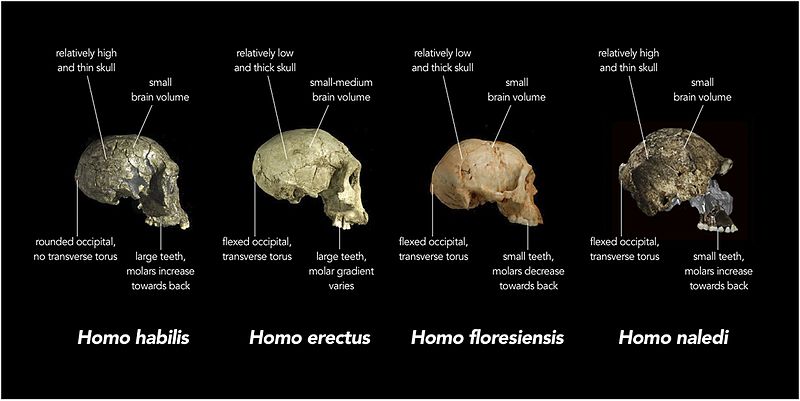Fil:Comparison of skull features of Homo naledi and other early human species.jpg

Opprinnelig fil (4 473 × 2 241 piksler, filstørrelse: 382 KB, MIME-type: image/jpeg)
Filhistorikk
Klikk på et tidspunkt for å vise filen slik den var på det tidspunktet.
| Dato/klokkeslett | Miniatyrbilde | Dimensjoner | Bruker | Kommentar | |
|---|---|---|---|---|---|
| nåværende | 12. sep. 2015 kl. 02:58 |  | 4 473 × 2 241 (382 KB) | Animalparty | User created page with UploadWizard |
Filbruk
Den følgende siden bruker denne filen:
Global filbruk
Følgende andre wikier bruker denne filen:
- Bruk i arz.wikipedia.org
- Bruk i ast.wikipedia.org
- Bruk i az.wikipedia.org
- Bruk i bg.wikipedia.org
- Bruk i ca.wikipedia.org
- Bruk i ceb.wikipedia.org
- Bruk i de.wikipedia.org
- Bruk i en.wikipedia.org
- Bruk i es.wikipedia.org
- Bruk i eu.wikipedia.org
- Bruk i fr.wikipedia.org
- Bruk i ga.wikipedia.org
- Bruk i he.wikipedia.org
- Bruk i hr.wikipedia.org
- Bruk i ia.wikipedia.org
- Bruk i id.wikipedia.org
- Bruk i ja.wikipedia.org
- Bruk i kab.wikipedia.org
- Bruk i ka.wikipedia.org
- Bruk i kn.wikipedia.org
- Bruk i nl.wikipedia.org
- Bruk i nn.wikipedia.org
- Bruk i oc.wikipedia.org
- Bruk i pap.wikipedia.org
- Bruk i pl.wikibooks.org
- Bruk i pt.wikipedia.org
- Bruk i ro.wikipedia.org
- Bruk i simple.wikipedia.org
- Bruk i species.wikimedia.org
- Bruk i sv.wikipedia.org
- Bruk i tr.wikipedia.org
- Bruk i uk.wikipedia.org
- Bruk i ur.wikipedia.org
- Bruk i vi.wikipedia.org
- Bruk i vls.wikipedia.org
- Bruk i www.wikidata.org
Text is available under the CC BY-SA 4.0 license; additional terms may apply.
Images, videos and audio are available under their respective licenses.

